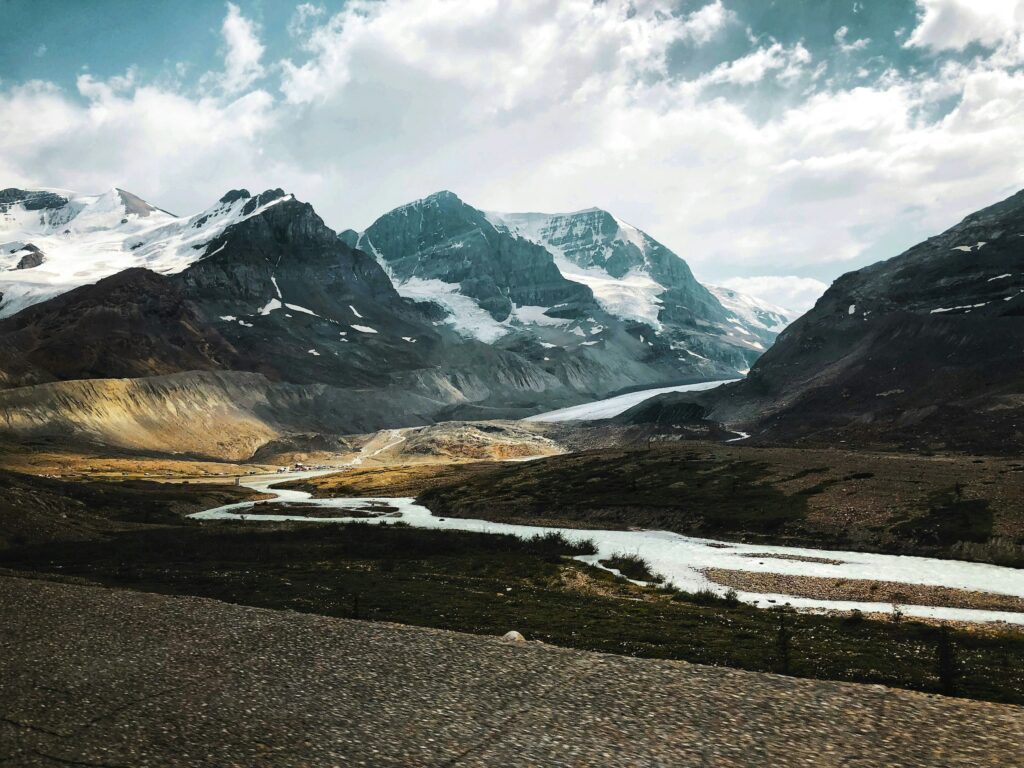On Thursday night, I did a rare thing for me these days: I watched a television newscast, drawn in by the on-the-ground coverage of the devastating toll of wildfires on Jasper National Park in Alberta.
The shocking footage of the Jasper town site — where Alberta Premier Danielle Smith suggested 30 to 50 per cent of buildings have potentially been damaged by a massive wall of fire that swept into town Wednesday night — struck a deep chord with me. Like many others, I have cherished childhood memories of the park, but I won’t waste space waxing poetic about them here.
What struck me most about the coverage was how deeply impacted Smith was by the loss of Jasper. Struggling to speak, Smith described that quintessential Alberta feeling of seeing the Rocky Mountains on the horizon.
“With some of the most beautiful scenery in the entire world, our grandparents visited to experience the majesty of this place with its mountains, lakes and meadows. They took our parents, who then took us to this special spot that they’d spent time in as children,” Smith said through tears.
“And now we take our own kids and our own loved ones and visitors from around the world to feel that same feeling that you get. Your first glimpse of the mountains on the horizon. A feeling that even though you’ve just left home, you’re coming home.”
What Smith is describing is awe, a unique emotion with incredible powers. Dacher Keltner, the author of Awe: The new science of everyday wonder and how it can transform your life, defines it as “the feeling of being in the presence of something vast that transcends your current understanding of the world.”
You might feel awe when you step out under a night sky of stars, look up at an old-growth forest or watch a raging river tumble past you.
Jasper induced that sense of awe in millions of people around the world, etching it into hearts and minds forever. I’ve long been fascinated by awe, because it makes us feel more connected to other people and the natural world. Indeed, it might just hold the keys to navigating us out of these polarized times.
So when I heard Smith, who’s not exactly known for her love of the natural world, expressing awe at that feeling of seeing the mountains, I paid attention. Smith has come around to believing in climate change since her earlier days as a politician, but since taking office in the fall of 2022, she has thrown up roadblocks to renewable energy projects, fuelled misinformation about wildfires and pushed back against federal environmental policies like net-zero targets and carbon pricing.
Still, in these divided times, we need to spend less time looking for what separates us and more time looking for what unites us. And that feeling of seeing the mountains on the horizon? It transcends political parties, policies and posturing. Our shared grief for the loss of a place that so many of us cherish presents an opportunity.
Just as fires rage across much of western Canada, so too do political debates about the causes of the fires. Is it climate change? Is it the mountain pine beetle epidemic? Is it a lack of prescribed burns and a banning of Indigenous burning practices? Is it bureaucratic and government inaction?
When tragedy strikes, everyone wants to point fingers and come up with a clear answer. We all want certainty in an uncertain world. And yet, the causes of wildfires are complex and there’s no single answer as to why so many of our communities are threatened by wildfires in this moment.
As Edward Struzik, author of Dark days at noon: The future of fire, writes for The Conversation: “Fire has no ideology or preferences; it will always be quite simply a chemical reaction, a propulsive oxidation of hydrocarbons shaped by terrain, weather, climate and the combustible material around it. We must learn to live with fire, and find ways of containing it for fire will never learn to live with us.”
Struzik says the devastation in Jasper reinforces just how much we need a national wildfire strategy to bring together all levels of governance to map out a blueprint for how to better predict, prevent, mitigate and manage fires, and how to provide small communities with the resources they need to make them more resilient.
The true solutions aren’t sexy and don’t make for great soundbites. They’re multi-faceted, and require coordination and funding. And even with our best efforts, we are still going to live with the reality that many Canadian communities are situated amidst vast forests, in a warming world more prone to drought, heatwaves and fire. So uncertainty around fires is going to be part of our reality moving forward, like it or not.
Here’s what we do know: for every story like Jasper that captures international headlines, there are thousands more hectares of forest being burned to the ground, dozens more communities — many of them Indigenous — threatened by flames, millions of animals with no evacuation centres to run to and hundreds more families driven from their homes.
Every place being burnt to the ground holds emotional resonance for the people who live there, just as Jasper has that power to connect deeply with people from around the world. Let’s remember that as we grieve for Jasper.


